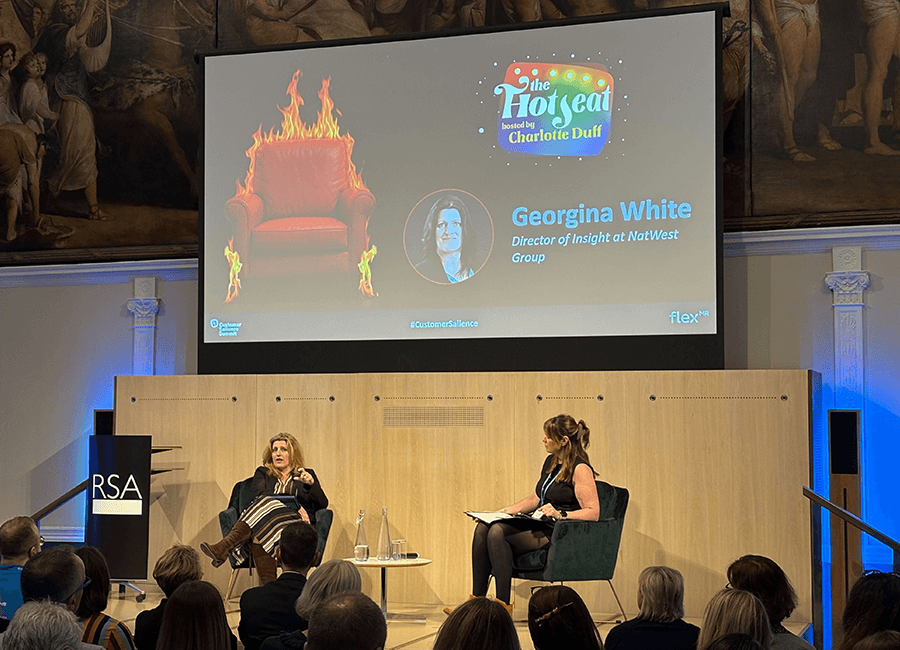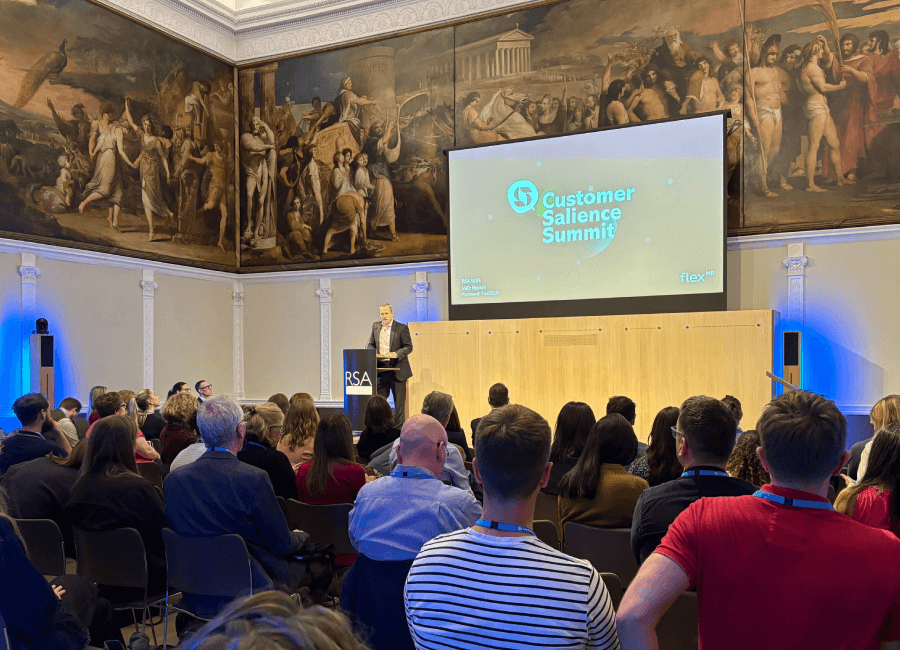There’s no doubt that business decision-making is broken. Insight experts have faced the same challenge since the inception of the industry: how do we permeate insights into the decision-making processes across a business to make sure that the customer is at the heart of all decisions made?
To put that in context of the current situation, there has been a huge decrease in market research budgets across the board, so getting insights in front of stakeholders has become harder than ever. According to data shared exclusively with Marketing Week, net spend on market research has been negative for the best part of a decade with some businesses turning to data and cheaper research sources. And Forrester data also shows that decision-makers report that they made 48% of business decisions based on quantitative information and analysis in 2022, which inches backward from 50% in 2021 and 49% in 2020. Additionally, the number of firms reaching advanced insights-driven maturity has stalled between 2019 and 2021.
So, how do we overcome this? With FlexMR’s Customer Salience strategy.
Understanding Customer Salience
The Strategy Itself
While most people know and love the term, ‘brand salience’, ‘customer salience’ is the other side of that coin – we are working to make sure that stakeholders keep the customer in mind when making any decisions about their strategies, their services, their policies and anything that could impact the business. Now, this doesn’t mean only doing what the customer wants, as most of the time the customer doesn’t actually know what they need and why; instead, this means thinking about the customer alongside all the other business considerations such as budget, resources, and time.
As insight experts and advocates, our job is to bridge that gap between stakeholders and customer, and nurture that connection so it becomes a mutually beneficial one. We do this through the generation and sharing of truly actionable customer insights. Without these actionable insights, stakeholders will engage with insight experts only to factor in the wrong data and wrong insights and end up making the wrong decisions - generating truly actionable insights means ensuring they’re engaging and relevant to the stakeholders’ current decisions.
But there are currently obstacles present in most if not all organisations, stopping these insights from reaching and engaging the right stakeholders, or stopping insight experts from generating those actionable insights in the first place. Some of the most common obstacles are:
- A lack of understanding from stakeholders on the power of insights and why they should be factored into all decisions
- A lack of access on the stakeholder side to up to date and relevant insights
- The implementation of the wrong research tools, and thus the generation of the wrong insights
- Not including insight experts and advocates in the conversation on a daily basis when decisions need to be made, which can also end up with insight teams generating irrelevant insights or no insights at all if they don’t know what to research
| Tweet This | |
| What is Customer Salience? A new strategy based on decades of thinking and one overarching goal - to ensure stakeholders think about customer insights whenever they make a decision. |
There are more obstacles of course, and those that will be unique to each business. A good data audit will help you understand exactly what challenges you will face in your journey to customer salience. The solutions to these challenges could involve laying down new technological infrastructure to better support the generation, access and activation of insights, or even building up an entirely new corporate culture to put data and customer insights at the forefront of all conversations. Or there could be smaller adjustments made to streamline the way to Customer Salience.
Download our Customer Salience Toolkit now to identify problem areas in your business, and nurture a culture of Customer Salience throughout your organisation.


















